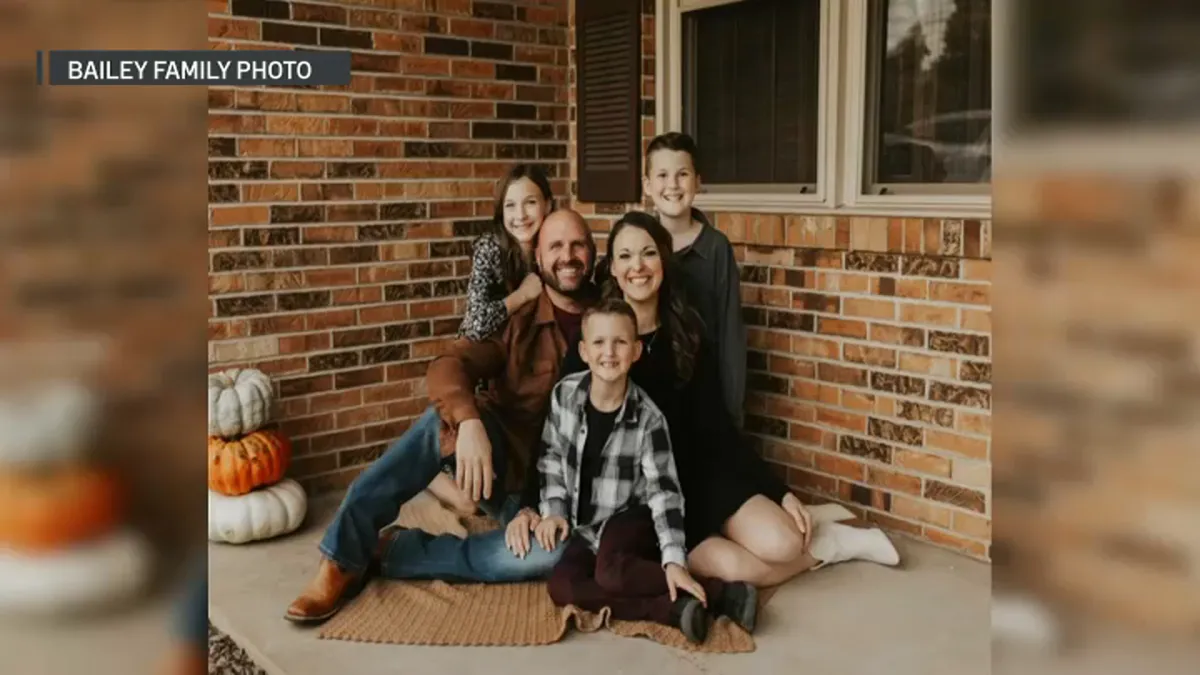Copyright cleveland.com

CLEVELAND, Ohio – Research doesn’t have to be relegated solely to libraries, the internet or a few books. Sometimes it can be a dead end. And in the case of cemetery research, that’s not a bad thing. As a writer, I sometimes have to go to cemeteries to photograph photos of gravestones for stories or to verify something for a book project. Often when you are visiting a loved one’s grave, it’s easy: You know where the tombstone is, you pay respects and you leave. But when you are looking for a gravesite a few tips come in handy. This weekend is an appropriate time (Saturday, Nov. 1 is All Saints Day while Sunday, Nov. 2, is All Souls Day) to offer tips on how to approach cemetery research. Cemeteries are the same and different. The residents all share that common bond – their final resting place – but each has its own design and organization. For a researcher, it can create a bit of a scavenger hunt. Sometimes cemeteries are small and lots are manageable. Others – like Lake View Cemetery in Cleveland – are massive. That cemetery has more than 100,000 people buried there. So you have to know where you are going. Dave Vegh has worked at Lake View Cemetery for 36 years, mostly as a volunteer. Lake View is unique, he said, in that three cities - Cleveland, East Cleveland and Cleveland Heights - intersect at the cemetery, a remembrance of Cleveland’s history from industrialists to sports and beyond. He gives guided tours and talks about some of the historical figures buried there – the Rockefellers, the Brushes, industrialists, politicians and others. He suggests starting at the office, especially if the cemetery is huge. “The first thing is it depends on the size of the cemetery. Lake View Cemetery has its own personal office. Within that office they have a wealth of information. … The office will have maps of the area. Lake View will have an extra sheet of a dozen or so historical figures where they are buried.” One of the more recent additions is Michael Stanley, the beloved rock star who died in 2021. Here are several tips Vegh, researcher-author William Krejci and I offer for those considering heading to a cemetery to find someone’s grave: • Prepare before you go. Cleveland Public Library maintains a Cleveland necrology file, Krejci said. Try to find the original obituary of a person if you are looking to see where they are buried. Newspapers.com, a subscription archive, can help. Cleveland Diocese maintains records as does Cleveland City Cemetery index. Monroe Street Cemetery Foundation, of which Krejci is a member, can be a good resource. Many maps are available online. • Check office and cemetery hours. Gates will lock at a certain time, and hours can change seasonally. Offices are typically open during business hours Monday to Friday. Weekends are great for sleuthing, but know when gates close. • Some cemeteries like Lake View are equipped with GPS mapping, which can be accessed online. But even with GPS it can be tough, Vegh said. Sometimes headstones don’t exist or can be buried. • Some – not all - cemeteries post QR codes and section maps at entrances. Find-a-grave helps. Occasionally, for some folks, people will upload a photo of the grave of a loved one or known person. Study this the way a detective might: Is the stone embedded flat or vertical? Are other landmarks nearby – a fence, house or road in the background? Is it near a mausoleum? “You’re looking for a lot of things that can zero in on the gravestone,” Vegh said. • Once I called an out-of-town cemetery because I couldn’t find section numbers online. A worker gave me specific directions: “Go up the hill to the right of the house as you enter, turn left at the garbage can …” Finally I asked, “Are the section numbers not marked?” They were not. Glad I asked. Her directions and a photo I found of the tombstone helped me locate the grave. • I always bring a rag to wipe away leaves, bird droppings and dirt. Folks like Terry Klausman, who runs his personal Spirit Keeper project to find and remember old ballplayers, brings a hand rake and other tools. A stick or trowel can help, too. Related: Meet Terry Klausman, ‘spirit keeper’ of ballplayer graves and memories • Wear comfortable shoes. I recently found two graves within 15 minutes in a cemetery. But another time, I walked for 45 minutes and came up empty-handed. For that matter, keep water or Gatorade in the car. • As a parent would remind a child, hit the bathroom ahead of time. Cemeteries usually aren’t filled with port-o-potties. You just don’t know how long you are going to be there. • Most pathways winding their ways through cemeteries will have 15 mph or similar limits. Adhere to them. It’s easy to keep your eyes on the side looking for section numbers but just as easy to hit a tombstone close to the path or a section sign or post. • Often in research you might see a listing: “Section D, lot 12, grave 4.” If I come across someone else’s grave I sometimes look up that person to see how close I am to the one I am looking for. Example: If I am looking for Jane Doe at the aforementioned coordinates, I might spot someone else and look them up. If they are at similar coordinates I know I am close. If not, I know I am in the wrong area. • Making rubbings is OK, Vegh said, though some cemetery researchers would say it’s potentially damaging to old stones that might tip. If you are doing rubbings, take large paper sheets on 18-inch by 24-inch rolls, he said: “You don’t know how big the monument is going to be.” And crayons are cleaner than charcoal, he added. • Many – but not all - cemeteries are well groomed. Woodland in Cleveland is very unkempt and overgrown with weeds. It has a forgotten feeling. Grass has even overtaken paths, the occasional asphalt underneath sticking out. Know this, according to Vegh: Upkeep of trees, grass and shrubbery is the cemetery’s responsibility. Upkeep of headstones, monuments and mausoleums is on the family. • Sometimes finding a specific grave can be tough. They can tip and sink over time. Trees can fall, ice can push up bases, vandals can damage stones. • Taking personal photos is fine, but Vegh said professional photographers sometimes need approval – including at Lake View, a private cemetery. • “If anybody is bringing kids along, my personal belief (is) they see it as a big open area with a lot of interesting things to look at, but just to remind them it’s not a playground,” Vegh said. • If you are solo, that’s one thing. But large groups should make arrangements, so call ahead. • Be respectful. If an act of service is going on while you are looking for a tombstone, stay away. “You don’t want to run into the family” while you are seeking a stone, Vegh said. • Finally, if you are the praying type, take a moment for a prayer of thanks or remembrance. If you are not a believer, simply show respect with a moment of silence.



